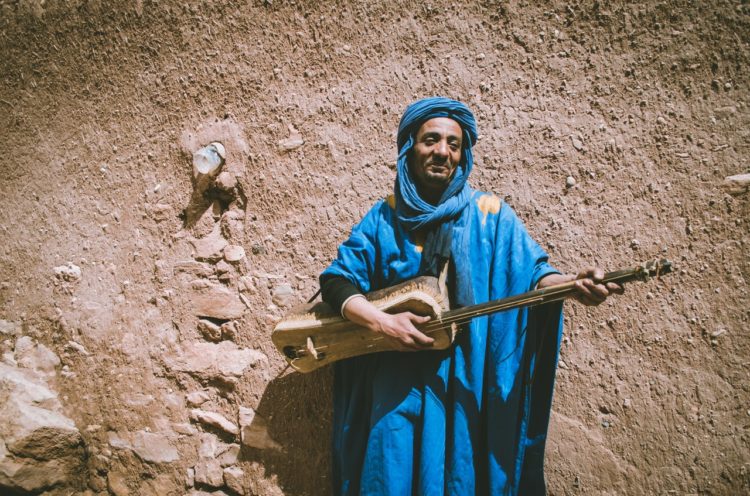From street photography to landscapes, when you’re traveling you want to be able to take the best photographs that you can, so you can look back on the special moments you had and share them with your friends and family.
If you are a budding travel photographer, following these tips below will help you to come home with images and memories to treasure.
You may be a complete newcomer to photography, but you will get better the more you practice. Refining your photographer’s eye can, and will, take a long time, but photography is a never-ending learning process – even professionals discover new things about photography the more they do it.
Once you learn the basic skills, the rest of it will start to fall into place,
Get to Know Your Camera
The best time to get familiar with your travel camera is at home, not the first day of your vacation!
Whatever type of camera you use, take some time to figure out what all the buttons and dials do, and why they may be important. Learn all the menu items so that you can find what you need to change quickly. Knowing your camera is so important when you take it out in the field – you don’t want to miss an amazing shot because you were too busy fumbling to change unfamiliar camera settings.
There are some great free tutorials on the internet that will take you through learning to use your camera step by step.
Plan to Make the Best of the Light
If you want to capture the best travel photos, you need to plan around the times of the best-quality light. For scenery and landscapes, the best light is the hour just after sunrise, and the hour just before sunset. These two hours are called the ‘golden hour’ because the sunlight is warm, soft and golden. The hour after sunset, which is called the ‘blue hour’, is also good for capturing scenes with lights in them, such as a city landmark or building that is lit up.
You can get some good street photography shots during the day, but the sun can be a bit harsh. If you are shooting in the streets you can usually find some shaded areas to get good shots, or you can use these hours of high sunlight to scout locations for your sunrise and sunset images.

Composition can Make or Break a Shot
If you’ve ever read a photography book or online tutorial, you may have come across the ‘rule of thirds’. Most cameras have a handy grid divided into nine equal rectangles, which you can overlay on your viewfinder.
According to the rules of good composition, the concept behind this grid is to place points of interest and subjects along the lines and where the lines intersect. If you’re taking a landscape shot, for instance, don’t place the horizon in the dead center of the frame, but place it along the top third or bottom third line of the grid. If you are shooting a portrait, try to place the eyes along the top third line of the grid.
Of course, rules are made to be broken, and if you think a shot would look better-placed dead center or off to the side, then do it! Use the rule of thirds merely as a guideline to aid your composition, but don’t be afraid to experiment.
Think About Framing
When you look through your viewfinder or on your LCD screen, take a second to check what you can see in the edges of your shot, just to make sure you’re not cutting off something important.
You can also use natural frames to your advantage. Shots taken through a window at a building, or tree branches framing a scene can make for really interesting travel photos.
Street Photography Tips
Ask Before You Take the Photo
A good part of getting interesting travel images is not just the scenery, but also the people who live and work there. If you are a bit shy, you may be wondering how to get great portrait shots without offending anyone or feeling like you’re being rude. The one surefire way to avoid those issues is to ask your potential subject for permission. Also, don’t forget about the new GDPR Policy which changed the way we treat pictures drastically.
Asking people if they mind having their photo taken is polite and respectful, and if you smile while you do it, you stand a good chance of them saying yes. If they do say no, simply thank them anyway and leave them to get on with what they are doing.

Lots of people enjoy having their photo taken, but some don’t, so respect their choice and move on.
Make Your Subjects Feel Comfortable
Most people feel stiff and uncomfortable when they are posing for a photograph, and it’s no different in the rest of the world.
One trick you can use is to include another element in the shot instead of just the person, and this usually makes them more at ease. For instance, you can ask if they would like to pose with an interesting item in their store, something that they have made, or with their vehicle. These extra things will also add interesting elements to the shot.
If they have an email address, offer to send them a copy of the finished image if they like it. That way, they are getting something out of it too, and it makes them feel much more a part of the process.
Learn to Process Your Images
Post processing your images with editing software isn’t cheating, or making the image something it’s not. It’s about enhancing what is already there, and the best way to do that is to use a dedicated image editor to improve color, contrast, and exposure.
Using image processing software can really take your images to the next level, and if you are just starting out, you don’t need to buy expensive, advanced software like Photoshop or Lightroom. You can get free software such as GIMP for your computer, but it can be a bit hard to learn. Inexpensive but easy to use options include Luminar and ON1, and they have a host of great features to improve your images.
And Remember…
You don’t have to own an expensive camera or go to far-flung places to be a good travel photographer. Get the best camera you can afford, and explore the towns and cities near you to start with. Like anything else, you have to start somewhere, and the only way you can get better is to practice.
Hopefully, the tips here have made you excited to get on your travels with your camera, and to expand your photography skills.
… This is a guest post by Max Therry of Photo Geeky …
Max Therry is an architecture student who is fond of photography and wants to become a professional photographer. He is also working on his photography blog about photo editing, modern photo trends, and inspiration. Feel free to reach him by email
Love photography? You may also like to check out this great night light painting experience in Sydney find out how to pick the best travel camera, or if you love taking instant photos on your travels check out the best Instax cameras to choose from.



Leave a Comment